|
Jude, Judas Thaddaeus, Thaddeus, Jude of James, Lebbaeus, or whatever you wish to call him, was an apostle and martyr from 1st century Galilee. The use of multiple names in the Bible makes it difficult to determine whether they are one person or several. Cross-referencing the four Gospels, most scholars have agreed that the Thaddaeus in Matthew and Mark is the same person as Judas in Luke and John. Matthew also refers to the apostle as Lebbaeus and Judas the Zealot, whereas Luke and the Acts of the Apostles record him as Judas, son of James. One certain thing, however, is this disciple should not be confused with Judas Iscariot, the betrayer of Jesus.
Not including Judas Iscariot, the name Judas or Jude is mentioned six times in the Bible. In Luke, both Judas son of James and Judas Iscariot are recorded in a list of the twelve disciples. The same is recorded in Acts, minus the latter, of course. Similar lists in Matthew and Mark, on the other hand, state his name as Thaddeus. It has been suggested this may have been a nickname. Thaddeus means “courageous of heart”. John makes an effort to differentiate between the similarly named disciples. “Then Judas (not Judas Iscariot) said, ‘But, Lord, why do you intend to show yourself to us and not to the world?’” (John 14:22) In response to this, Jesus says, “Anyone who loves me will obey my teaching. My Father will love them, and we will come to them and make our home with them. Anyone who does not love me will not obey my teaching. These words you hear are not my own; they belong to the Father who sent me… Peace I leave with you; my peace I give you. I do not give to you as the world gives. Do not let your hearts be troubled and do not be afraid.” (14:23-24, 27) There is debate as to whether Judas was the brother of Jesus, since Matthew 13:55 says, “Isn’t this the carpenter’s son? Isn’t his mother’s name Mary, and aren’t his brothers James, Joseph, Simon and Judas?” The same is said in the Gospel of Mark but there is no clarification as to whether this Judas was also the disciple. Protestant churches tend to believe they were different people, whereas Catholics usually argue the opposite. The author of the Book of Jude is also widely debated. The book begins with the author’s introduction: “Jude, a servant of Jesus Christ and a brother of James.” (Jude 1:1) We know from Matthew that both Judas and James were brothers of Jesus, but is Jude the same person? Also, we know Judas was the name of a disciple of Jesus, and therefore may identify himself as “a servant of Jesus Christ.” From this, it could be inferred that Judas/Thaddaeus, Judas the brother of Jesus and Jude the author are all one person, however, no one has been able to find solid proof. A collection of biographies compiled by Jacobus de Varagine in the 13th-century attempts to clarify the mixture of names used in the Gospels:
Jude’s life before becoming a disciple is unknown, however, over time, theories and ideas suggest he may have been a farmer by trade. Growing up in Galilee, Jude would probably have spoken both Greek and Aramaic, which would have come in useful when preaching to people of other areas. The 14th-century historian Nicephorus Callistus believed Jude was the bridegroom at the wedding at Cana recorded in the Gospel of John. This was the event that saw Jesus perform his first miracle. Tradition states Jude was martyred around 65 AD in Beirut. Although Beirut is now the capital of Lebanon, it was then part of the Roman Province of Syria. Abdias, the first bishop of Babylon, recorded Jude’s death in the Acts of Simon and Jude along with the death of fellow disciple, Simon the Zealot. It is thought the pair was killed with an axe, possibly beheaded. Many years after his death, Jude’s bones were brought to Rome where they were buried in the crypt of St Peter’s Basilica. His resting place became a popular destination for pilgrims, giving him the title “The Saint for the Hopeless and the Despaired”. He is also known as “The Patron Saint of the Impossible.” Shrines and churches have been erected all over the world in Jude’s honour. These can be found in Australia, Brazil, Sri Lanka, Cuba, India, Iran, the Philippines, New Zealand, the United Kingdom, the United States and Lebanon. The most recent shrine is the National Shrine of Saint Jude in Faversham, Kent, which was built in 1955. The Feast of St Jude is traditionally celebrated on 28th October. Just for fun, here is a list of the things and places that have Jude as their patron:
0 Comments
Dear All, These are difficult times and I admit to feeling stressed myself, therefore, let us consider those people who suffer mental anxiety and think about how they are trying to get through the next few months. Let's say a prayer for them. Dear God, you are always with us. You are with us in the day and in the night. You are with us when we are happy and when we are sad. You are with us when we are healthy and when we are ill. You are with us when we are peaceful and when we are worried. Today, many people are feeling worried, anxious and scared because of the uncertainty and disruption caused by COVID-19. Help us to remember that you love us and are with us in everything today. Amen. So much is out of our control. We abide by the government guidelines but there is still no guarantee we will not catch this virus. So, in many ways, it has brought me closer to God. I have to trust and rely upon God's love to see me through. If I needed inspiration from the Bible, I turn to Philippians 4:6, "Do not be anxious about anything, but in every situation, by prayer and petition, with thanksgiving, present your requests to God." I am reminded that in Jesus' ministry he tries to heal and to cleanse. As Jesus is the incarnation of God, we are seeing a God who cares and I take comfort in that. It is glib to say that we are living through unprecedented times, but somehow together we will get through this. I know the elders have said that they are ringing each of their pastoral flock to ensure everyone is okay and I will also ring to make sure that all is well. So, trust in God and I am sure in a few months when we come back to worship and normality prevails we will have many examples of God's blessing. I attach a prayer concerning COVID-19 and also a prayer regarding the NHS and all the key workers who are doing their utmost to ensure a semblance of normality. A Prayer from Uncertain Times From the URC Living, loving God, we praise you, and through times of peril we lean into you, for in Jesus Christ you have trodden paths as difficult as ours, revealing there a love that nothing defeats, a love that bears us through. Even as we strive to behave responsibly, and to care reliably, so we feel after you that in these uncertain times we might trust you are with us, our refuge and strength, and our faith, hope and love might be renewed, through Jesus Christ. Amen A Prayer for hospital staff and medical researchers From the Church of England Gracious God, give skill, sympathy and resilience to all who are caring for the sick, and your wisdom to those searching for a cure. Strengthen them with your Spirit, that through their work many will be restored to health; through Jesus Christ our Lord. Amen. Prayer for Key Workers They are not people of fear: They are people of courage. They are not people who protect their own safety: They are people who protect our’ safety. They are not people of greed: They are people of generosity. They are your people God, giving and loving, wherever they are, whatever it costs For as long as it takes wherever you call them. Amen Blessings,
Martin Some light relief for all of us stuck at home. Here are a list of acronyms you may enjoy. Feel free to add your own in the comments.
ACTION - Any Change That Improves Our Nature APE - Always Pray Everyday ASAP - Always Say A Prayer ASK - Ask. Seek. Knock BIBLE - Basic Instructions Before Leaving Earth CEO - Christians Encouraging Others CIA - Christ In Action FAITH - Faith Achieves Impossible Things Humbly FEAR - Face Everything And Rise FROG - Fully Rely On God GOD - Great Omnipotent Designer HEAL - He Encourages And Lifts HELP - His Ever Loving Presence HOPE - Hold Onto Prayer Everyday ITALY - I Trust And Love You JAPAN - Joy And Peace Are Needed JESUS - Joy Eternal Shows Us Salvation JIM - Jesus In Me JOY - Jesus Overwhelms You LET GO - Leave Everything To God, Okay? LILY - Lord I Love You MAD - Make A Difference PAW - Pray And Watch PEACE - Patience Elevates All Communities Equally PUSH - Pray Until Something Happen SHIP - Safe Harbor In Peril SPIN - Serving People In Need TGIF - Thank God I'm Forgiven WAIT - Wisdom and Answers In Time James, son of Alpheus – not to be confused with James, son of Zebedee – is a disciple that is mentioned in three of the four gospels: Matthew, Mark and Luke. In the Church, he is also identified as James the Less, the Minor, or the Younger depending on the translation. “Some women were watching from a distance. Among them were Mary Magdalene, Mary the mother of James the younger and of Joseph, and Salome.” (Mark 15:40 NIV)
The word “less” does not imply James was less worthy than James the Greater. Instead, it may refer to his age or his height. Although there are very few mentions of James the Less in the Bible, his importance is equal to that of the other disciples. “Truly I tell you, at the renewal of all things, when the Son of Man sits on his glorious throne, you who have followed me will also sit on twelve thrones, judging the twelve tribes of Israel.” (Matthew 19:28) Like most of the other disciples, James came from Galilee, which at the time was part of the Roman Empire. How he came to be chosen as Jesus’ disciple is missing from the Bible. There is also confusion about who James was since some scholars debate he may also have been Jesus’ brother, James the Just. The consensus, however, is they were two separate people. Sadly, very little is known about James. After King Herod killed James the Greater, Peter who had been arrested escaped and said to Mary the mother of John, “Tell James and the other brothers and sisters about this.” (Acts 12:17) Since James the Greater was dead, this James could either be James the Less or James the Just. Unfortunately, there is no clarification in the Bible. James the Less’s death was recorded by the 2nd-century theologian Hippolytus. “And James the son of Alphaeus, when preaching in Jerusalem was stoned to death by the Jews, and was buried there beside the temple.” James the Just, the brother of Jesus, is also believed to have died the same way, thus adding to the confusion about their identity. On the other hand, James the Less is traditionally believed to have preached at Ostrakine in Lower Egypt. Many believe he was crucified there. In Art, James is usually depicted with a fuller’s club, implying he may have been involved with woollen clothmaking before he became an apostle. Occasionally, he is depicted with a carpenter’s saw, suggesting an alternative trade. Just for fun, here are the items that have Saint James the Less as their patron. Some, you will notice, are related to clothmaking and others to medicine – another potential career, perhaps?
Matthew, later Saint Matthew, is another of the Galilean disciples. Traditionally, he is also the author of the Gospel of Matthew, one of the four evangelists. Of all the disciples, he is one of the least likely candidates to have been chosen by Jesus since he was “Matthew the tax collector” (Matthew 10:30) and not liked by the public.
Tax collectors or publicans, as they were also called, collected unpaid taxes for the Roman occupiers. It was not their job that caused people to dislike them but rather their fraudulent behaviour. Rather than collecting the amount that was owed, the tax collectors demanded more money, keeping the excess for themselves. Tax collectors were seen as both greedy and collaborators with the Romans. “As Jesus went on from there, he saw a man named Matthew sitting at the tax collector’s booth. “Follow me,” he told him, and Matthew got up and followed him.” (Matthew 9:9) Jesus came across Matthew after healing a paralysed man in Capernaum. Matthew invited Jesus to his house for a meal, an invitation that did not go unnoticed by the Pharisees. Always trying to find fault with Jesus, the Pharisees asked the disciples “Why does your teacher eat with tax collectors and sinners?” (9:11) Before they could respond, Jesus answered them, explaining, “It is not the healthy who need a doctor, but the sick. But go and learn what this means: ‘I desire mercy, not sacrifice.’For I have not come to call the righteous, but sinners.” (9:12-13) Nothing is known of Matthew’s early life other than his career, although in one Bible verse the name of his father is mentioned. “And as he passed by, he saw Levi the son of Alphaeus sitting at the receipt of custom, and said unto him, Follow me. And he arose and followed him.” (Mark 2:14) As you will notice, Matthew was also known by the name Levi and his father was Alphaeus. The Bible also records the father of the Apostle James (see my next article) as Alphaeus but there is no evidence they are the same person. A man of the same name is also implied to be the father of Joseph/Joses, a potential brother of Jesus. In the Catholic Church, Saints Abercius and Helena also have a father called Alphaeus. Matthew’s call to discipleship is recorded in the gospels of Matthew, Mark and Luke, however, he is never mentioned in John. The final mention of the disciple is in Acts 1:10–14 where the apostles had withdrawn to a room after the Ascension of Jesus. To begin with, the disciples remained in the Jewish communities in Judea, preaching the Gospel before moving to other countries. Unfortunately, scholars have not been able to determine to which countries Matthew travelled. It is traditionally believed he died a martyr but there is no evidence of this. Writers have suggested Hierapolis in Greece or Ethiopia as Matthew’s place of death. The early Christian bishop Papias of Hierapolis (c. AD 60–163) was the first person to propose Matthew the Apostle and Matthew the Evangelist were the same. The Gospel was written in Hebrew near Jerusalem for Hebrew Christians before being translated into Greek. As a tax collector, Matthew would have been literate in Aramaic and Greek as well as his native tongue. To begin with, Matthew’s Gospel was known as Gospel according to the Hebrews and Gospel of the Apostles. An argument against Matthew’s authorship points out the text was written anonymously and at no point does the author imply he was an eyewitness to the events. Matthew is supposedly buried in the crypt of Salerno Cathedral in southern Italy. He is recognised as a saint in Catholic, Orthodox, Lutheran and Anglican churches, and his feast day is celebrated on 21st September. In art, Matthew is usually shown with a book, implying he wrote the Gospel, and an angel. Just for fun and to end this article, here is a short list of the things that have Matthew as their patron:
Thomas, most commonly known as “Doubting Thomas” is one of the disciples with a speaking part in the Bible, and yet, he is barely mentioned in the Synoptic Gospels. Matthew 10:3, Mark 3:18 and Luke 6:15 list him as one of the twelve disciples but nothing is mentioned about how he became an apostle and what came after. For that, we have to turn to the Gospel of John.
Thomas is believed to have come from Galilee, however, he is listed as having two names. Thomas was his Aramaic name and Didymus was his Greek name, both of which mean “twin”. Although there is no explanation for the choice of names, it is most likely Thomas was born a twin. In the non-canonical Gospel of Thomas, the author gives his name as Judas Thomas. The first time Thomas’ name appears in John’s Gospel is John 11:16: “Then Thomas (also known as Didymus) said to the rest of the disciples, ‘Let us also go, that we may die with him.’” Jesus had learnt that his friend Lazarus was sick and had decided to visit him. The disciples were shocked by this decision because Lazarus lived in Judea where the Jewish population had tried to stone him. Yet, Jesus was adamant and Thomas encouraged the disciples to go with him. Thomas next speaks in John 14:5: “Thomas said to him, ‘Lord, we don’t know where you are going, so how can we know the way?’” Jesus had explained that he was going to prepare a place for them in heaven and that one day they would join him there. Thomas spoke on behalf of the disciples, explaining that they did not know where that place was or how to get there. Jesus responded to this with one of the most famous sayings in the bible: “I am the way and the truth and the life. No one comes to the Father except through me.” (14:6) Of course, the most famous exchange between Thomas and Jesus takes place after the resurrection. This is the scene that forever brands him as “Doubting Thomas.” “Now Thomas (also known as Didymus), one of the Twelve, was not with the disciples when Jesus came.” (John 20:24) To prove he had risen from the dead, Jesus visited the disciples in a locked room where they were hiding from the Jewish leaders, however, Thomas was not there. Unable to imagine someone coming back to life, Thomas doubted the disciples’ claim that they had seen the Lord. “Unless I see the nail marks in his hands and put my finger where the nails were, and put my hand into his side, I will not believe.” (20:25) The following week, Jesus visited the disciples again. This time, Thomas was with them and Jesus showed Thomas the nail marks and wound in his side. At once, Thomas believed, declaring “My Lord and my God!” (John 20:28) Unfortunately, it was too late for Thomas to redeem himself and he is still referred to as the doubter, giving his name to sceptics who refuse to believe without direct personal experience. “Jesus told him, ‘Because you have seen me, you have believed; blessed are those who have not seen and yet have believed.’” (20:29) Apart from these brief episodes in the Gospel of John, the Bible reveals nothing else about Thomas’ life. Scholars have turned to other literature to ascertain what happened to Thomas after Jesus was taken up into heaven. One belief is Thomas travelled to India in AD 52 to spread the Christian faith to the Jewish community that lived there at the time. Tradition claims he established seven churches while he was there and baptised many families. The theologian Origen of Alexandria (184-253) stated Thomas was the apostle to the Parthians, a historical region located in north-eastern Iran. Eusebius of Caesarea (c.260-340) recorded Thomas and Bartholomew were assigned to Parthia and India, and the Christian treatise Didascalia Apostolorum corroborates Thomas’ presence: "India and all countries considering it, even to the farthest seas... received the apostolic ordinances from Judas Thomas, who was a guide and ruler in the church which he built." Traditions of the Saint Thomas Church in India claim Thomas briefly visited China. In the Office of St. Thomas for the Second Nocturn written by Gaza of the Church of St. Thomas of Malabar, the following is claimed:
Saint Thomas has only been made patron of a handful of things, including India and Sri Lanka. Just for fun, here are a few fun “facts” about the apostle:
The latest East London Group Meeting 29th February 2020 at Walthamstow URC. The meeting started with worship where we looked at Matthew 22:34-40, headed The Greatest Commandment where we have to offer our heart, soul and mind to God and love our neighbours as ourselves. Shahbaz posed the question, how are we personally and within our churches fulfilling this commandment?
Pastoral and church news was shared, which included:
We had a general discussion concerning GDPR and it was confirmed that if personal information is included in minutes, permission is needed from that person, however, if it is business or professional related it is okay to include their full name. Regarding our vacancy, the 1.75 scoping has increased to 2. This means there is a full-time vacancy for ministry at Trinity, Grange Park, Walthamstow and Gants Hill URC, and another full-time ministry at Vine, together with overseeing Barking and helping with the administration of the group. So far, the ELG special fund has received contributions amounting to £1,510. A general discussion took place about the Constitution and Grace S. is to come back to the meeting having given her thoughts to the specific wording. Thanks were expressed to both Hilda and Grace for all the work that has been done so far. There will be an ELG event held at Lambourne End, as mentioned. A request for £500 to help cover the cost has been requested. On Saturday 4th July, there is hoped to be a pilgrimage to Bradwell-on-Sea. Grace is looking into a coach to take people. The journey would be approximately an hour and there is a two-mile walk to St Peter's Chapel, which is 1000 years old. We were reminded that the next Synod meeting is to be held on 21st March and encouraged to attend. Francis also encouraged all the churches to subscribe to the Reform Magazine and have a copy on church tables. The meeting concluded with the Grace and excellent hot and cold food supplied by the Walthamstow Asian Church. Our next meeting will be held on 23rd May. Once again, I have come away from the meeting impressed with the way the churches can discuss and express their opinions openly with a common desire to reach a solution. There is never any anger or frustration but an underlying sense that everyone is trying to do God's will. The meetings are open to anyone and all can contribute but, as Francis said, he always feels the meetings should be governed in the spirit of Acts 15 where all should come to a common mind. I genuinely feel that the ELG endeavour to do this. The next disciple in our series is Bartholomew, who became a disciple at the same time as Philip. Although he is named Bartholomew in the Gospels of Matthew, Mark and Luke, John’s Gospel refers to him as Nathanael. “Philip found Nathanael and told him, ‘We have found the one Moses wrote about in the Law, and about whom the prophets also wrote—Jesus of Nazareth, the son of Joseph.’” (John 1:45) Little is known about Bartholomew/Nathanael, however, at the end of John’s Gospel he is referred to as “Nathanael from Cana in Galilee” (John 21:2) implying he lived fairly locally to Jesus.
It is not certain why Bartholomew has two names, however, the meaning of the names may give us a clue. Bartholomew is an anglicised version of Bar Talmai, which means either “Son of Talmai” or “Son of Furrows”. It is possible that Bartholomew’s father was called Talmai, which was an Aramaic form of the name Ptolemy. Nathanael, on the other hand, means “God has given” but whether he had this name before he met Jesus is unknown and why it was only John’s Gospel that used it is another mystery. When Bartholomew/Nathanael was first called to be a disciple, he was sceptical, asking, “Nazareth! Can anything good come from there?” (John 1:46) Nazareth was not a particularly well-off place at the time and Nathanael could not believe the true Messiah would come from such a place. “When Jesus saw Nathanael approaching, he said of him, ‘Here truly is an Israelite in whom there is no deceit.’” (John 1:47) Nathanael was surprised that Jesus knew him, so Jesus clarified, “I saw you while you were still under the fig tree before Philip called you.” (1:48) From that moment, Nathanael believed Jesus was the Messiah but Jesus tells him, “You believe because I told you I saw you under the fig tree. You will see greater things than that… Very truly I tell you, you will see ‘heaven open, and the angels of God ascending and descending on the Son of Man.” (1:50-51) So, that is how Bartholomew became a disciple, however, nothing else is said of him in the Gospels other than to list him with the other apostles. Bartholomew’s life after the death and resurrection of Jesus has been pieced together by a variety of sources, however, none of them are completely reliable. The Christian historian Eusebius (c.260-340) claims Bartholomew went on a missionary trip to India, where he left a copy of the Gospel of Matthew. Saint Jerome (347-420) agrees with this claim, however, other sources record Bartholomew serving as a missionary in Ethiopia, Mesopotamia, Parthia (Iran), Lycaonia (Asia Minor) and Armenia. Popular legend believes Bartholomew travelled to Armenia with the apostle Jude where they preached about the life of Jesus. It was also in Armenia where he met his death, either from being flayed alive and beheaded or crucified upside down. Bartholomew had reportedly converted Polymius, the king of Armenia, to Christianity, which enraged his brother Prince Astyages. Yet, this does not match historical records of Armenian kings; there was no King Polymius. In India, however, there was an official named Polymius and some scholars state Bartholomew most likely died there in the town of Kalyan. A few texts record the miracles Bartholomew may have performed before and after his death. The two most popular post-death miracles occurred on the Aeolian island, Lipari. On Bartholomew’s feast day (24th August), the people of Lipari were taking part in an annual procession from the Cathedral of St Bartholomew to the main part of the town, carrying a golden statue of the saint. The statue was usually easy to carry, however, on this occasion, it was too heavy and the bearers had to stop and rest a couple of times, delaying the procession. Whilst resting, at the top of a hill, the walls of the town downhill started to collapse. If the people of Lipari had been in the town at the time, they would all have been killed. They believed Saint Bartholomew had saved their lives by making the statue too heavy to carry. The second miracle on Lipari occurred much later during the Second World War. Fascist leaders needed money and ordered a silver statue of Saint Bartholomew to be melted down, however, when it was weighed they discovered it was only a few grams and not worth the effort. The statue was returned to the cathedral but locals knew the statue weighed several kilograms Once again, they believed Saint Bartholomew had altered the weight of the statue. Despite not much being known about Bartholomew, he has been a popular figure in art. In a biography of the disciple by Jacobus de Varagine (1230-1299), Bartholomew’s supposed appearance was described in detail. "His hair is black and crisped, his skin fair, his eyes wide, his nose even and straight, his beard thick and with few grey hairs; he is of medium stature..." Many artists since have used this description when depicting Bartholomew in their paintings. He is also often depicted as being flayed alive. Contemporary artists have also been inspired by Bartholomew’s fate, including Damien Hurst and Gunther Von Hagen, the developer of the exhibition Body Worlds. Due to the legends, Bartholomew was made the patron saint of the Armenian Apostolic Church. He was also celebrated in England, for example, the Bartholomew Fair, which was held in Smithfield, London during the middle ages. St Bartholomew's Street Fair continues to be held annually in Crewkerne, Somerset and is believed to date back to Saxon times. The nature of Bartholomew’s death led him to be made the patron saint of tanners, plasterers, tailors, leatherworkers, bookbinders, farmers, house painters, butchers and glove makers. Just for fun, here are some of the other things and places that have claimed him as their saint:
Dear all,
March is named after Mars, the god of war (and chocolate bars). I’ve given up chocolate for Lent. Already, having declared that chocolate is a no-no, I’m thinking of ways around it. Sunday’s are exempt as they remind us of the resurrection of Jesus, and therefore the 40 days of Lent exclude Sundays. Can I gorge myself on chocolate every Sunday? Is it a good thing to give up Chocolate? Who benefits? Perhaps instead of giving up, I should do something new? Perhaps the money I save not buying chocolate should go towards a charity. It is amazing what you learn about yourself when you have to give something up. So, if you see me in the street on a weekday looking less happy than I normally am, please do not fear or worry that I am suffering stress or undue difficulties, it will be because of Lent. Fun fact: The longest verse in the Bible is Esther 8:9, which is 90 words. The longest verse in the New Testament is Revelation 20:4, with 67 words. Blessings, Martin |
©Copyright
We are happy for you to use any material found here, however, please acknowledge the source: www.gantshillurc.co.uk AuthorRev'd Martin Wheadon Archives
June 2024
Categories
All
|
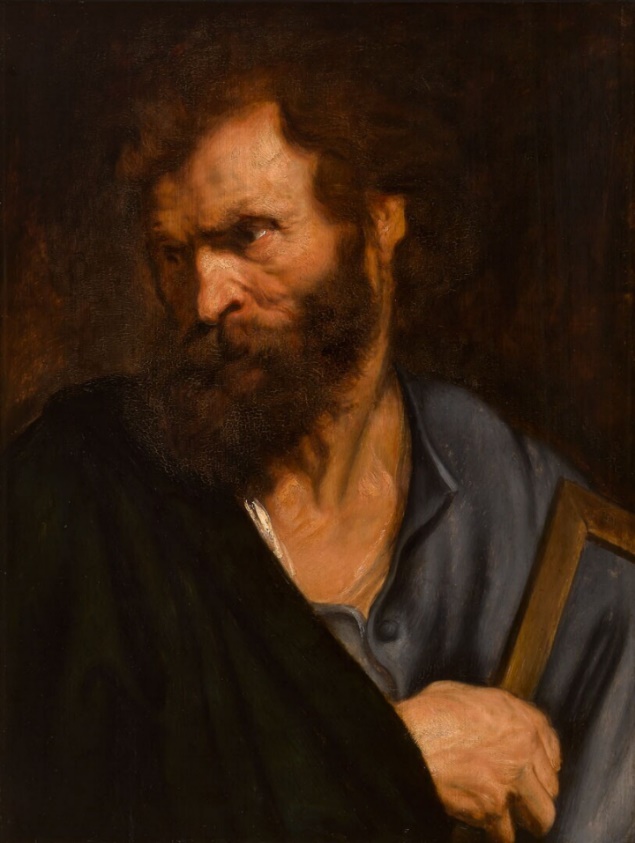

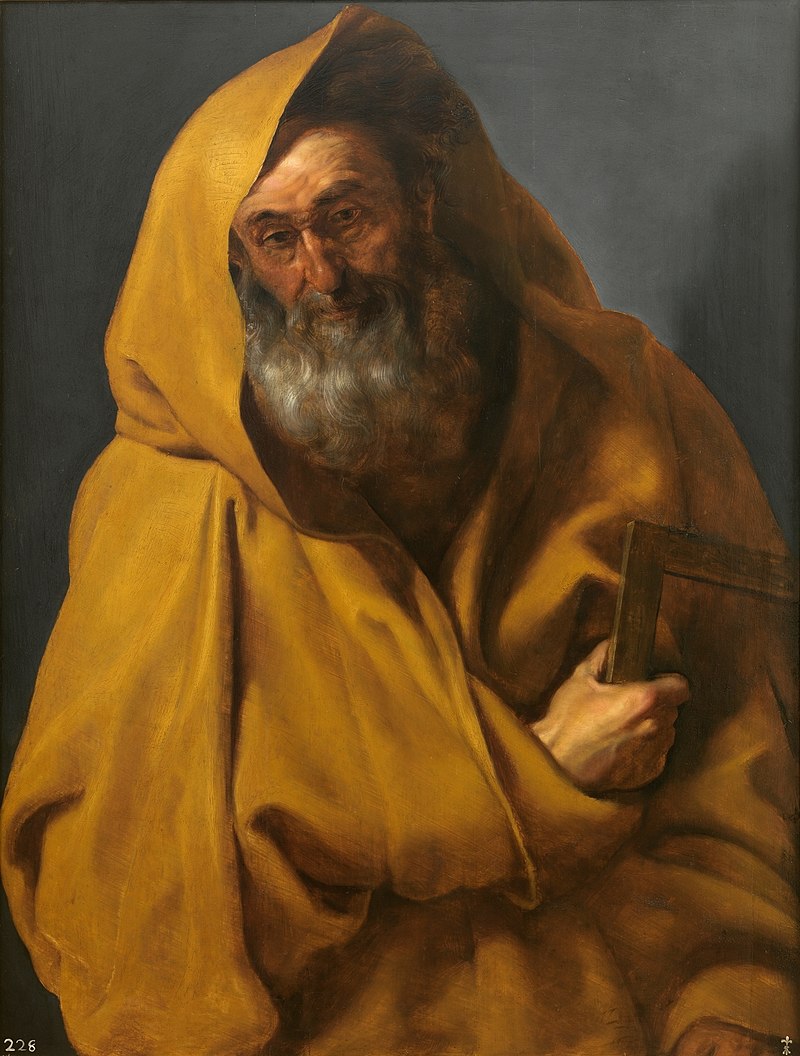
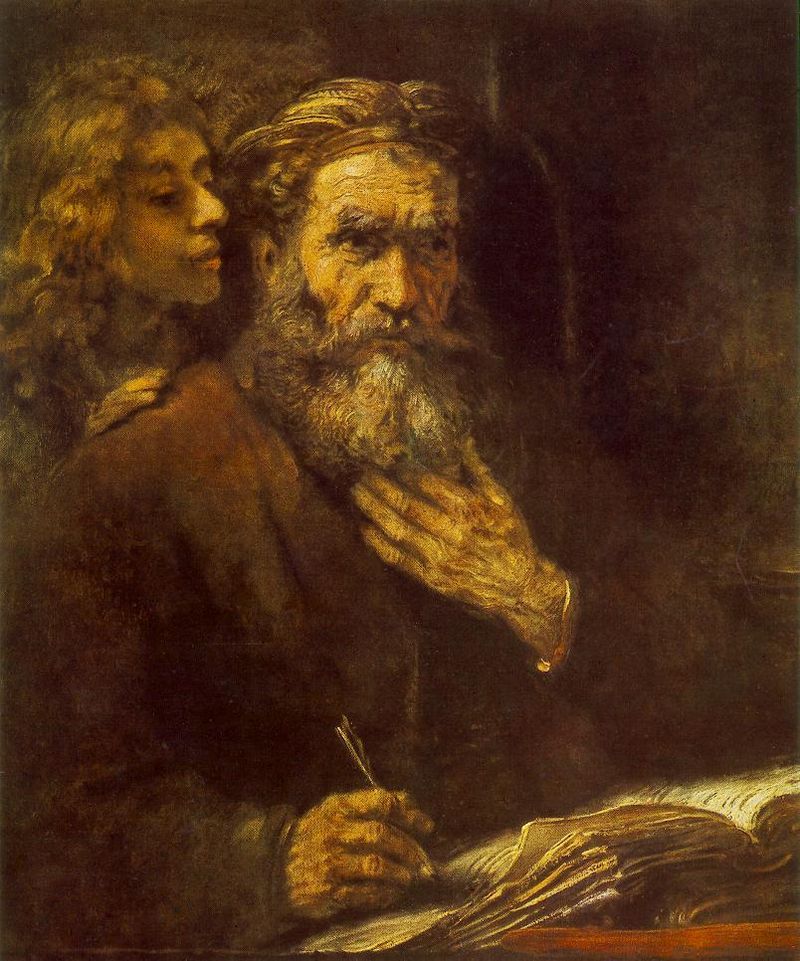
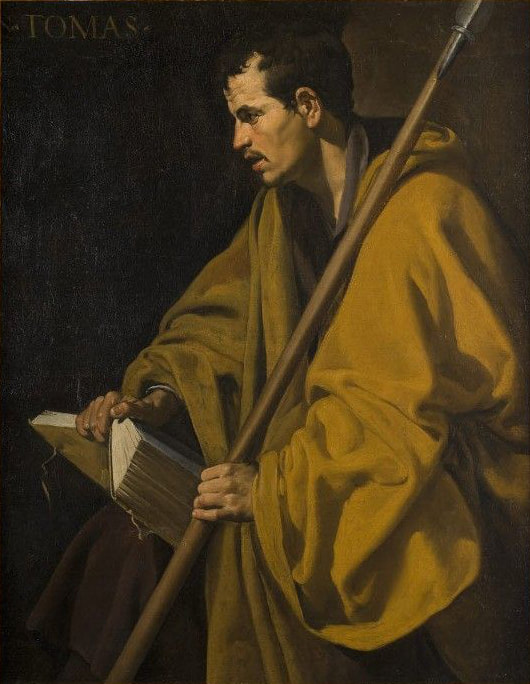

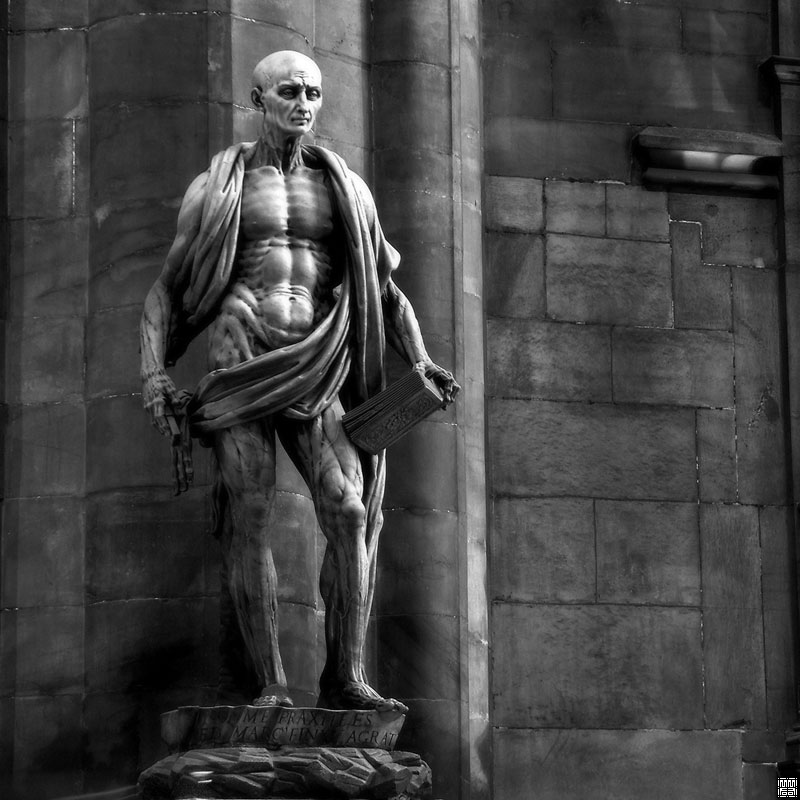

 RSS Feed
RSS Feed